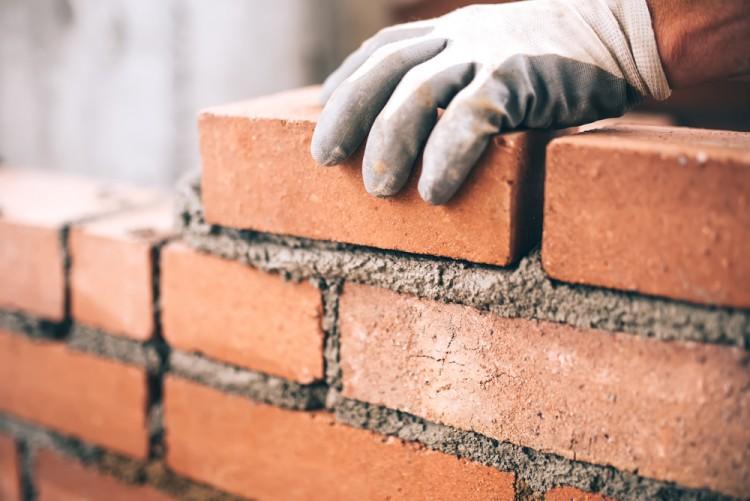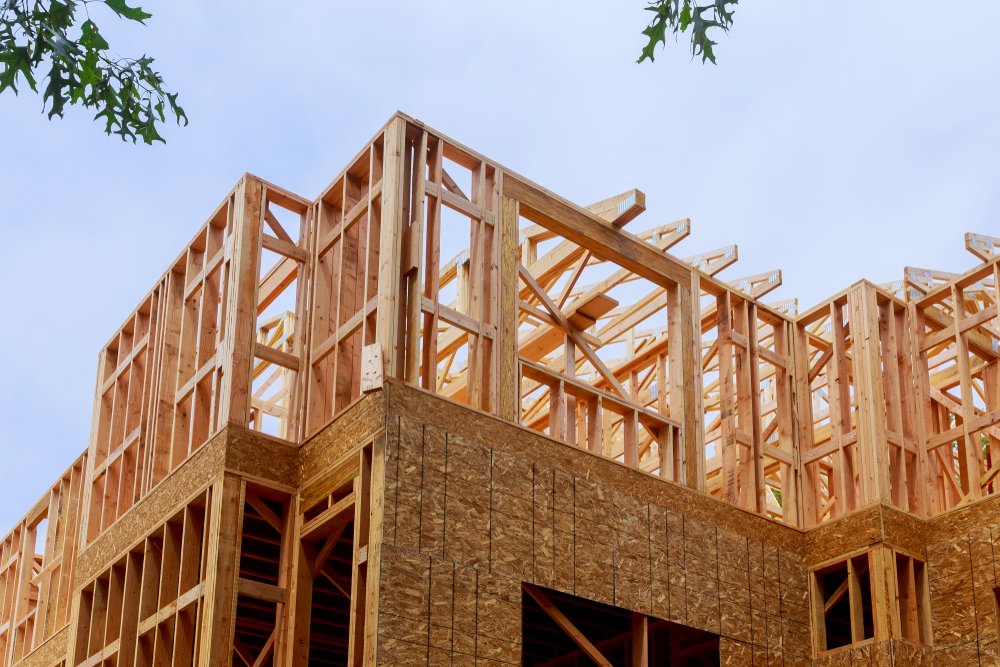Builders are often limited to the materials they have due to time, money, or availability. Depending on what is available, a builder can take different paths in order to achieve their intended purpose. Some materials are better than others given the same objective, which makes using new materials easier for some construction projects. This is because newer resources are usually more reliable. However, there are also disadvantages of using these resources as they might not blend well with older ways. For this reason, it becomes important to determine whether new and used building material should be used for a building project.
Old building material has been tested over many years, so it is safe for human use today. As as they have not deteriorated much due to weather, they can also be sanded down instead of having to remove the whole material. Furthermore, because it is tried and tested, the cost for these materials tends to be lower; however, there are not many options in terms of type and design compared with new building materials.

Old building materials can include wood-like tiles, which have been used for centuries. This old material has stood the test of time, so builders can guarantee that these high-quality materials will continue to perform well years after their installation. For this reason, this type of building material is preferable when durability is needed, especially in areas affected by severe weather conditions.
As old building material ages over time through exposure to elements such as water or air pollution, its effectiveness decreases due to corrosion or other conditions.
Old building material is easy to source and, despite its age, relatively inexpensive. Like new building materials, old ones can be found through distributors or even at junkyards. However, there are also disadvantages: the number of options available for used building materials is limited compared with newer material which means it might not be as attractive to potential buyers who may want something more modern.
Newer building materials are usually more aesthetically pleasing because they are designed by architects with specific aesthetics in mind. For instance, many purchasers choose wood flooring with engineered wood, ceramic, or porcelain tile flooring that is glazed instead of unsightly older tiles.
A point that makes newer building material popular is that it can withstand significant damage without deteriorating easily. Unlike old materials, new building materials are tested beforehand, so if they do break, it is easier to replace one or two pieces rather than the whole floor.
Newer materials are more weather-resistant which means that different types of newer building materials work better in rain, hail, and other extreme conditions compared with older options. This can be beneficial for builders who live in areas affected by natural disasters as it ensures the structure remains intact even when there are heavy downpours or strong winds.
Besides being more attractive to buyers, the newer building material is usually safe since many have passed safety regulations set by local authorities.
